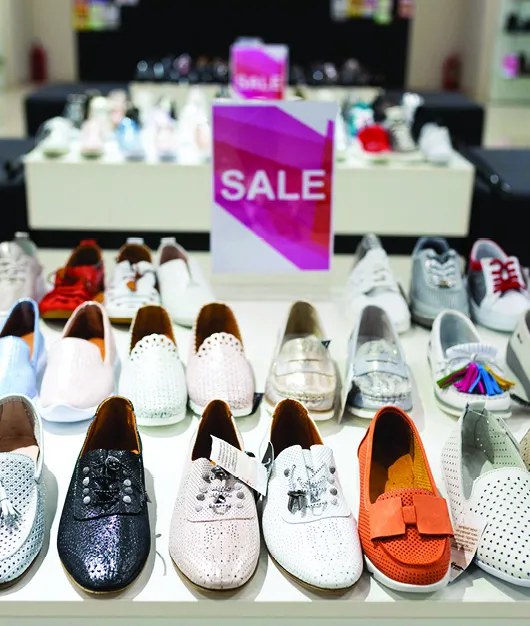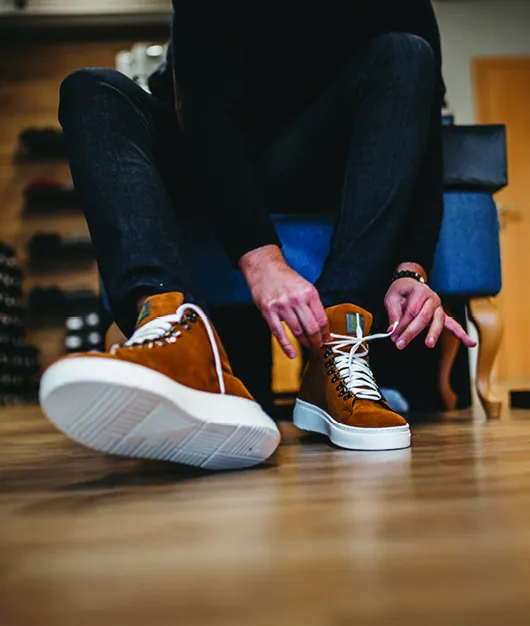Study of 1,000 U.S. consumers reveals spending behaviors and insights for 2024 and beyond.
What is the state of the footwear market in 2024?
Overall, consumers are tightening budgets, closely eyeing price increases, and seeking deals on footwear purchases. Some shoppers, however, are committed to expanding their shoe collections, and they maintain high expectations for variety, discounts, and shipping speed, among other criteria.
In order to maintain market share, retain loyal customers, and protect margins, footwear brands will need to meet market headwinds with assortment optimization, pricing strategy, promotions efficiency, marketing activation, and product lifecycle management.
See key insights below and download the report for complete insights.
We invite you to explore Simon-Kucher’s report, “The Footwear Industry: Consumer Priorities & Industry Insights,” and to share, reference, and publish the findings with attribution to Simon-Kucher and a link to this page. For more information, specific data requests or media assets, or to reach the report’s authors, please contact us at
sk-insights@simon-kucher.com.
Price-sensitive consumers are trading down and seeking deals when faced with nearly any level of price increase.
- With flat discretionary spending, the average consumer will spend $35 less on footwear this year than in the last 12 months.
- Most consumers (80%) have noticed recent price increases, but their average observed price increase of 30% is substantially higher than the Consumer Price Index increase of 1.5%, indicating an extremely heightened consumer sensitivity to price changes.
- In fact, when faced with just a 5% increase in footwear costs, 70% of consumers would halt their purchase, opting to compare prices elsewhere or wait for discounts. And on average, consumers expect a 33% discount during a promotion.
> Pricing architecture across the assortment within the portfolio and discount depths for promotions are critical levers for brands in driving consumer consideration and conversion.

Footwear industry trends emphasize consumers’ love of casual comfort.
- Top categories are: Athletic (74%), including cross-training, running, and basketball shoes, and Casual (42%) shoes.
- Fit and comfort lead as consumers’ top criteria when shopping for footwear, a preference advanced by the Covid-19 pandemic and prevalence of remote work and illustrated by major comfort footwear brands dominating market share.
- Despite consumers' preference for shopping from online retailers like Amazon, buyers of athletic and comfort shoes favor in-store experiences.
> Brands must ensure they maintain seamless cross-functional connectivity across innovation, design, channel-specific assortment, and merchandising to meet current trends and demand.

Consumer behavior is changing – as evidenced by shrewd Gen Z, millennials, and other consumer segments.
- Price-conscious youths are outspending older consumers. In fact, millennials are the biggest buyers of multiple pairs of shoes and spend 36% above the average household.
- In order to purchase the volume of shoes they desire, Gen Z and millennial shoppers are willing to work for their discounts. When faced with a 5% price increase in footwear, 30% of Gen Z would wait for a discount, compared to 40% of Baby Boomers and older consumers who would. Instead, Gen Z would look for footwear on discount websites, seek a cheaper brand, delay their purchase, or shop for a different shoe entirely.
- See other demographic insights, like how males buy more shoes and spend more on footwear than women, and which categories of shoes are most popular among lower or higher household incomes.
> As consumer personas and priorities have shifted massively in the past two years, brands must continue to adapt to changing purchasing behaviors and regularly review their segmentation strategies.

Our Experts
Contact us
Our experts are always happy to discuss your issue. Reach out, and we’ll connect you with a member of our team.
